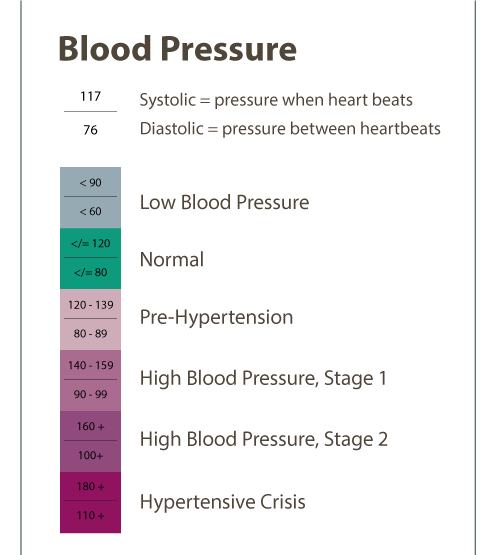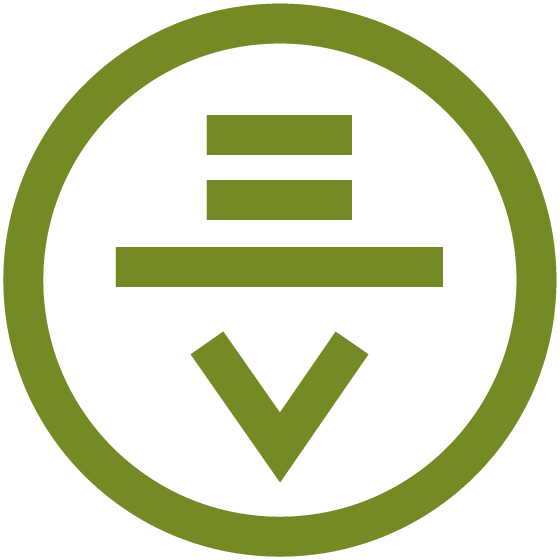Blood Pressure Primer
Here’s a simple diagram I made to explain blood pressure, since even through two pregnancies of having my own blood pressure taken at least once a month, I still didn’t really get it. There’s a range to be within – that is the key take-home message. For the top number, over 90 but under 120 is safe and for the bottom number, over 60 but under 80 is safe. I usually have low blood pressure, which is a problem on days I don’t drink enough water because I can get woozy if I stand up too fast.
Systolic = upper number, and represents the pressure in arteries when the heart beats. (The force of pressure when heart is contracting.)
Diastolic = lower number, and represents the pressure in the arteries between heartbeats. (The force when the heart is relaxing.) To have a high number here is more dangerous, because that means when the heart is at rest, it is that pressured. This is often an asymptomatic issue, so is called ‘the silent killer’: puts a person at risk for stroke, heart failure, and kidney failure. In the kidneys, the pressure is already 10% higher than the rest of the system (they are the pressure regulator); so to raise the pressure in the whole system can damage tissues in the kidney.
The blood pressure 117/76 is formally read as “117 over 76 millimeters of mercury.”
- A normal blood pressure range is <120 / <80
- Pre-hypertension is in the range of 120-139 / 80-89
- High Blood Pressure, stage 1 is in the range of 140-159 / 90-99
- High Blood Pressure, stage 2 is in the range of 160+ / 100 +
- Hypertensive Crisis is 180+ / 110+ (emergency care needed)



